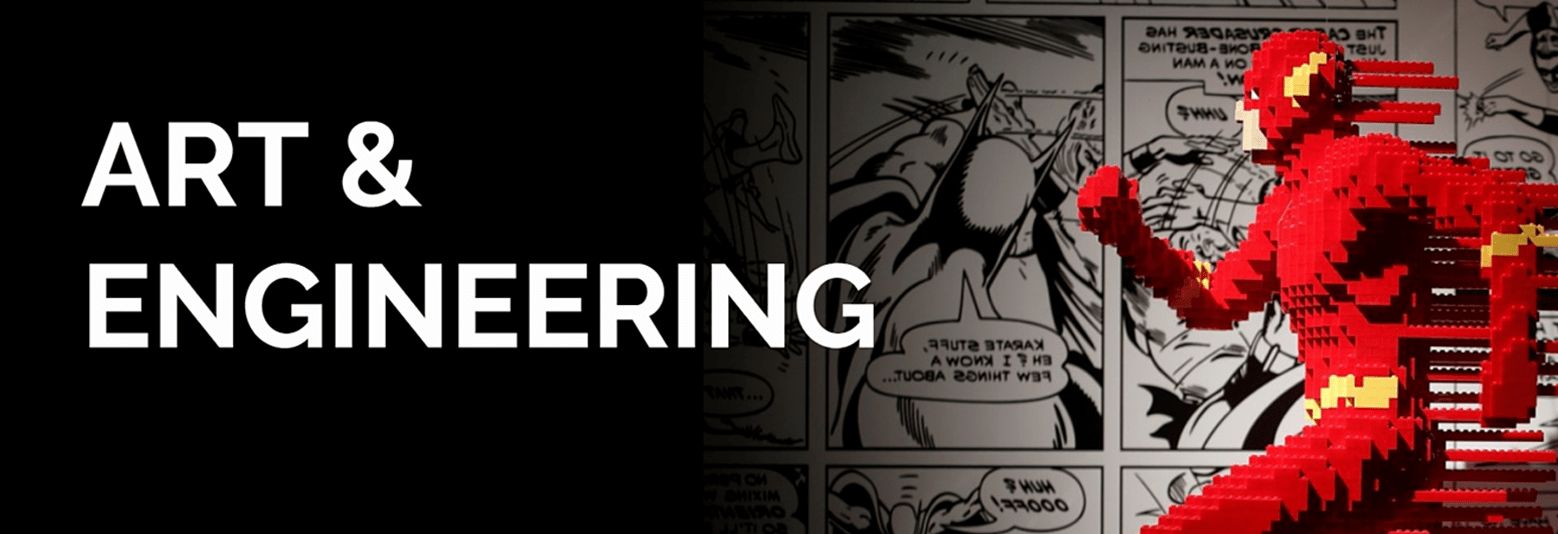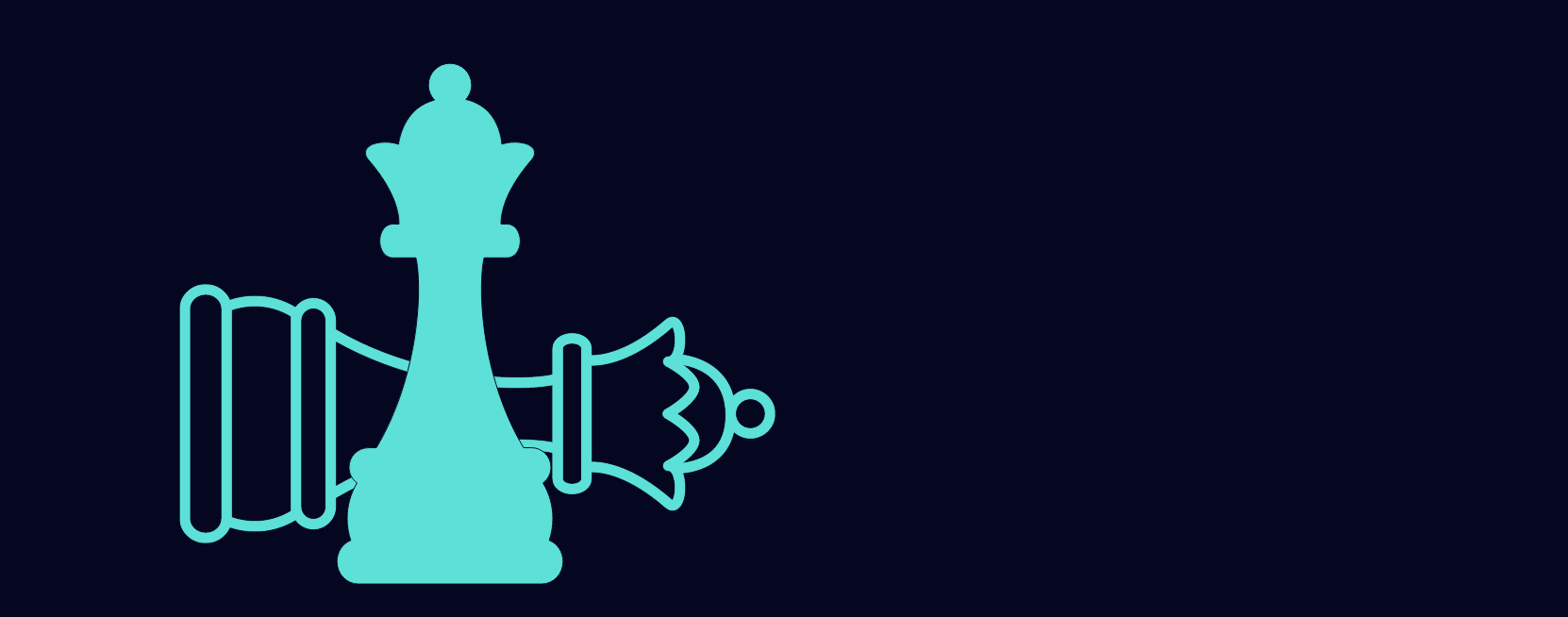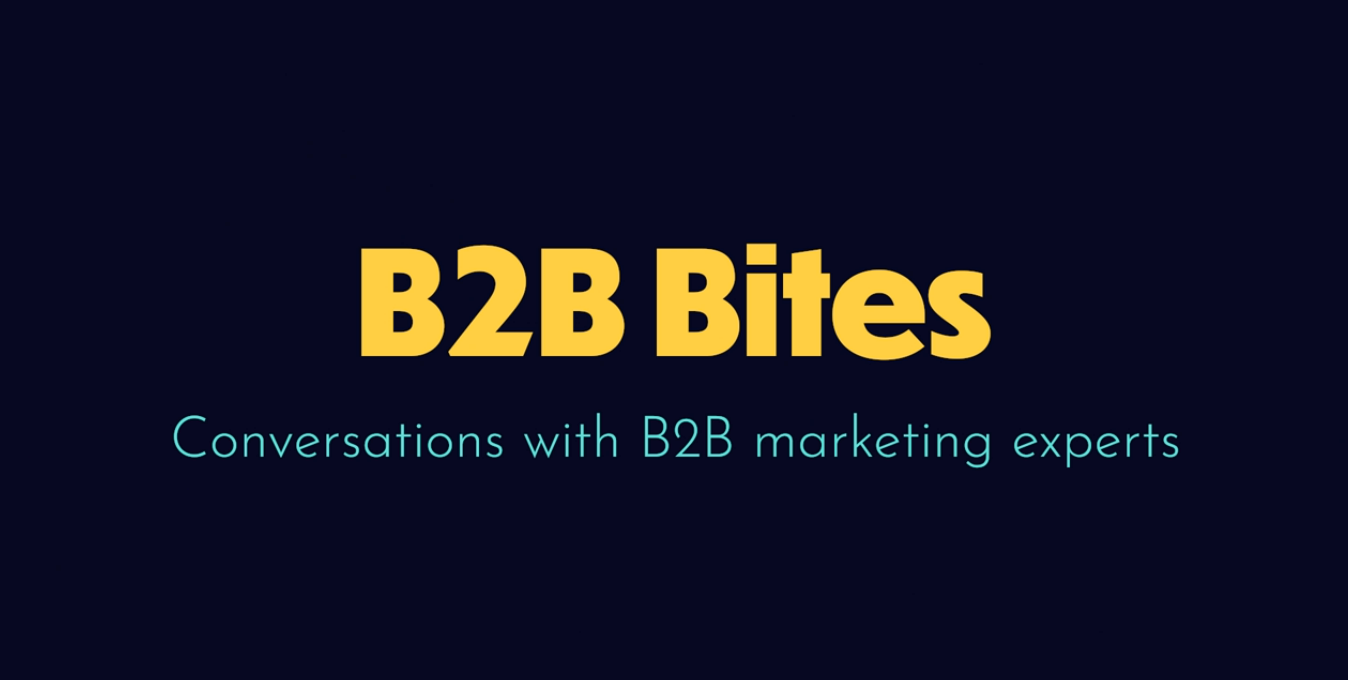B2B marketers need to start marketing to people they know won’t buy from them.
B2B tech sales is not like high street retail. Thanks for that, captain obvious, you cry. But bear with us. In your average fashion store there are people milling about looking at trousers – who are already wearing trousers. And yet, they might still be in the market for another, snazzier pair.
In B2B tech, like our trouser-wearers, most of the people you want to sell something to will already have one. But unlike our trouser-wearers, they don’t want another. Not one to have for dress-down Fridays. Not one for when the in-laws come round and not one that’s a bit more forgiving when you’ve been overdoing it on the doughnuts.
Which, in itself isn’t bad. The reason your average B2B marketer doesn’t just pack up now and retrain as a goat farmer is because, unlike the high street retailer, the B2B marketer doesn’t have to spend every day convincing people to buy several versions of exactly the same thing to stay in business. Due to the size and nature of their product, they usually only need to sell one thing every few years to the same person. Well, obviously they need to sell one thing to multiple people but you get the idea.
But it does mean most of your potential customers are not in the market for what you’re selling today - and many won’t be any time soon. According to research from Peter Weinberg and Jon Lombardo at the B2B Marketing institute, would you believe as few as 5% of your target customers are ‘in market’ at any one time. .. We did some quick sums. That means 95% of the marketplace couldn’t give a stuff about your pitch. Ok, there’s still the 5% who might, but only halfwits are chasing those...
Hang on a minute.
Five per cent might be a tiny number but they’re in the market for my product today. How does going after them make me a halfwit?
Quite simply, because everyone else is and, because it’s such a tiny slice of the market, most of them are doing increasingly desperate and daft things to pin down even a sliver of that slice. Not only that, this tiny market is saturated with talk to us / buy now, lead generation activity, so the prices of marketing activities like cost-per-click (CPC) rocket.
OK, perhaps halfwit is a bit strong. We’re not saying ditch lead generation activity altogether. There are clearly opportunities for potential customers who are ‘in market’ right now. We’re just saying that throwing all your eggs in forgettable, short-termist, ‘buy now’ marketing leaves you running frantically just to stand still. If you’re lucky.
Instead, you should be focusing some of your efforts (45% according to Les Binet & Peter Field see P13 of this report) on that great, big, juicy chunk of 95% of business. Approaching targets who aren’t in market takes the pressure off – no-one’s expecting you to close the sale just yet. Instead, you can use the luxury of time to target them with memorable marketing and build your brand. Then, when push comes to shove and some of that 95% drip back in-market, your now sparkling B2B superbrand does most of the heavy lifting for you
The benefits of brand building
The benefits of brand building are numerous, but because of all the panicked activity we’ve just outlined, B2B marketers complain they just don’t have the capacity to do it. Focusing on the 95% gives you that capacity. Now, you have the freedom to build a brand that supports both your long-term and your short-term sales. It hands you pricing power as you’ve extricated yourself from the deep discounting race to the bottom that targeting the 5% locks you into. It helps you pick from the best of the best when it comes to talent – and don’t we all know how that’s in short supply…
Then comes the need to pivot. If you’ve been in this game any length of time, you’ll know that change is the only constant. Either customer needs change, the category changes, tech changes – a strong brand is the best way to ride out change and, critically, bring the customer along with you.
That’s because strong brands are also emotive brands. And emotion is key in B2B. Think about one of the best-known phrases in business marketing – “no-body got fired for buying IBM”. Not ‘nobody got fired for making sure they acquired a computer with at least 4GHZ’ or ‘nobody got fired for signing up to a 12-month service care package’. Fired. That’s a sorrowful partner, three destitute urchins and a foreclosure sign on the door right there.
Emotion is also a promise. A brand is a promise that my company will take care of yours. My brand is strong because we lived up to our promise and our reputation is strong. People recommend my brand because they trust it. And you recognise my brand because I invested in it.
There’s no getting round it. Brand building takes time and an investment that won’t see an immediate return. It won’t fit neatly into the quarterly sales quota. If your entire strategy has been predicated on closing with that 5%, you could well see an uncomfortable gap while you change tack.
But then, then there’s the payoff. As you work on building your brand with the 95%, gradually they start to move in-market. And while the short-termists start to noisily clamour for attention, your potential buyer starts looking for a name it recognises – and a brand it trusts – to cut through the chaos. Yes, the product may be at a more premium price point but you’ve come to know the brand and trust it. And it seems less desperate than the others to close the sale. As anyone who’s played hard to get, it’s a seductive strategy.









